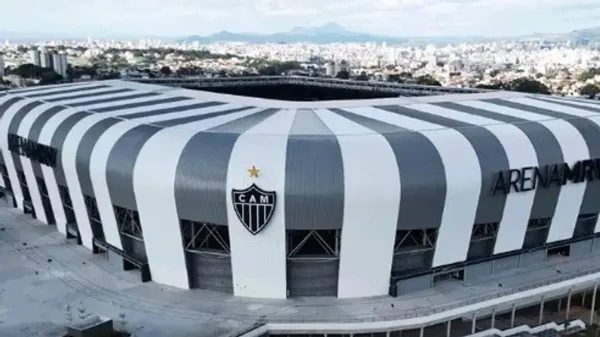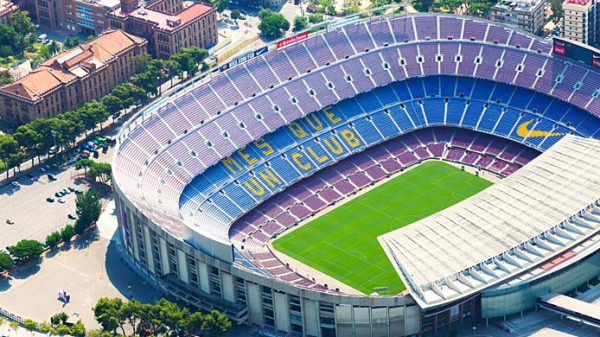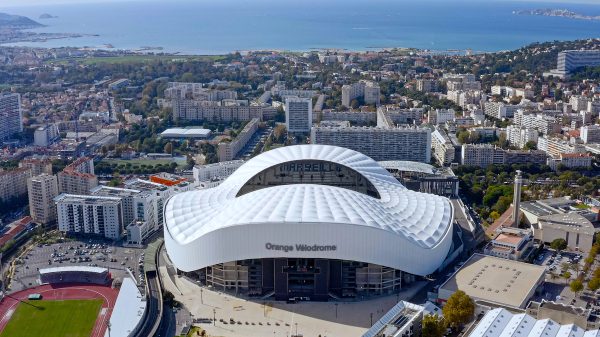The Olimpico, one of the most iconic places full of meaning in the world sports scene, is a symbol of passion, competition and unity. Located in Rome, Italy, this magnificent stadium is the scene of numerous athletic feats, historic events and unforgettable moments that have written important pages in the history of sport. With a capacity of over 70,000 spectators, the Stadio Olimpico is one of the largest stadiums in Europe and continues to catalyze intense emotions in every event.
Index
The History of the Olympic Stadium
Inaugurated in 1937, the Olimpico has undergone a significant evolution over the years. Designed by architect Enrico Del Debbio, its imposing and majestic design reflects the pride and grandeur of the Roman Empire. Originally, it was known as Stadio dei Cipressi and was mainly used for track and field events.

However, it was with the 1960 Olympic Games that the stadium became an integral part of Olympic history. The 1960 Rome Games marked the first return of the Olympic Games to Rome since ancient Roman times and the Olimpico played a vital role in hosting the opening and closing ceremonies, as well as numerous sports. Since then, the stadium has been renamed the “Olympic Stadium” in honor of these memorable Games.
The Important Events
In addition to the 1960 Olympic Games, the Olimpico has been the venue for several other top-notch events. It hosted a FIFA World Cup Final in 1990, cementing its reputation as a prestigious venue for international football. Fans from all over the world have flocked here to watch epic matches and see their footballing heroes battle it out on the pitch.
Furthermore, the stadium has been the beating heart of equally celebrated Italian football clubs, AS Roma and SS Lazio. Many of the Rome derbies have taken place here, matches of very high intensity and rivalry that have ignited the passions of thousands of fans.
But the Olimpico is not just football: it has hosted concerts by world-renowned international artists, religious events and cultural events of great importance. This extraordinary versatility ensures that the stadium continues to be at the center of Roman and Italian life.
The Architecture of the Olimpico

The Olimpico stands out for its classic design, with an architecture that recalls the neoclassical style, but also for the audacity of the structures that surround it. Its imposing facade with large colonnades and statues evokes Roman antiquity, conveying a sense of grandeur and power.
Inside, the curve of the stands hugs the pitch, bringing spectators closer to the action and creating a unique atmosphere during matches. The design allows for excellent visibility from any seat, ensuring all fans can fully enjoy the sporting experience.
The Passion of the Fans
One of the most remarkable aspects of the Olimpico is the overwhelming passion of the Italian fans. The crowds that gather here during football matches are known for their liveliness and passionate cheering. The connection between fans and the stadium runs deep, and it is here that many of the signature choreography and slogans associated with Rome’s teams were born.

The derbies between AS Roma and SS Lazio, known as the “Derby della Capitale”, represent one of the most intense and passionate football rivalries in the world. During these matches, the stadium is split down the middle, with fans of both teams expressing their love and support in spectacular fashion.
The future of the Olympic
Despite its glorious history, the Stadio Olimpico continues to evolve. Its central position in Rome makes it an important asset for the city and, therefore, it is subject to constant renovations and improvements.
Safety, sustainability and comfort are the main concerns in future refurbishments, ensuring the stadium can continue to host top-class events and keep pace with modern standards.
The Stadio Olimpico remains one of the most significant places in the history of Italian sport and culture. With its majestic architecture, its historical legacy and the passion of the fans that animate it, it represents an invaluable heritage that continues to leave an indelible mark on the heart of anyone who enters it. The emotional moments and extraordinary sporting feats that have characterized its history make it a symbol of unity and competition, confirming the power of sport to unite people and inspire generations to come.
Follow us on social networks to stay updated on the latest foreign football news and exclusives: Instagram, Facebook e Twitter.













